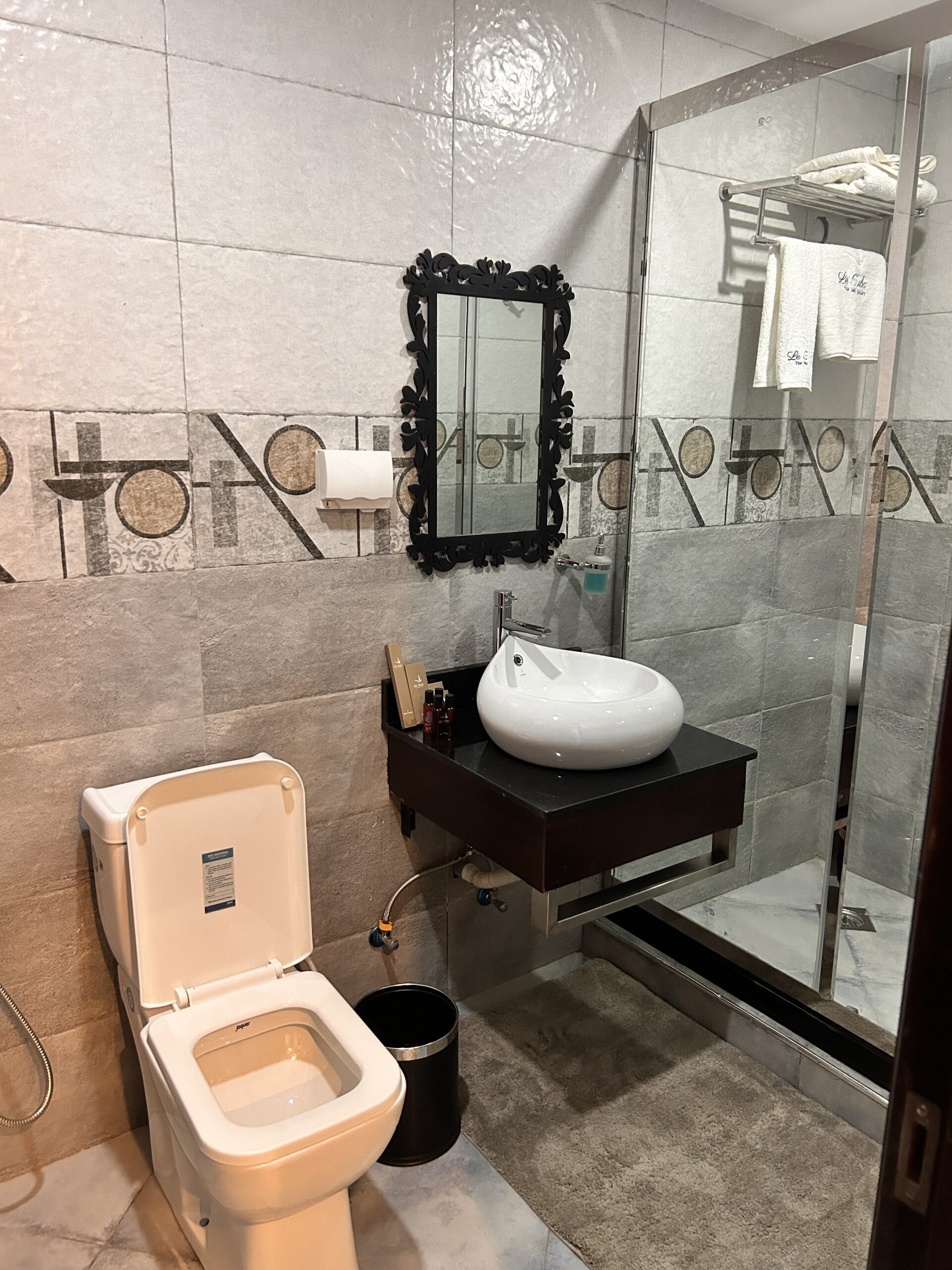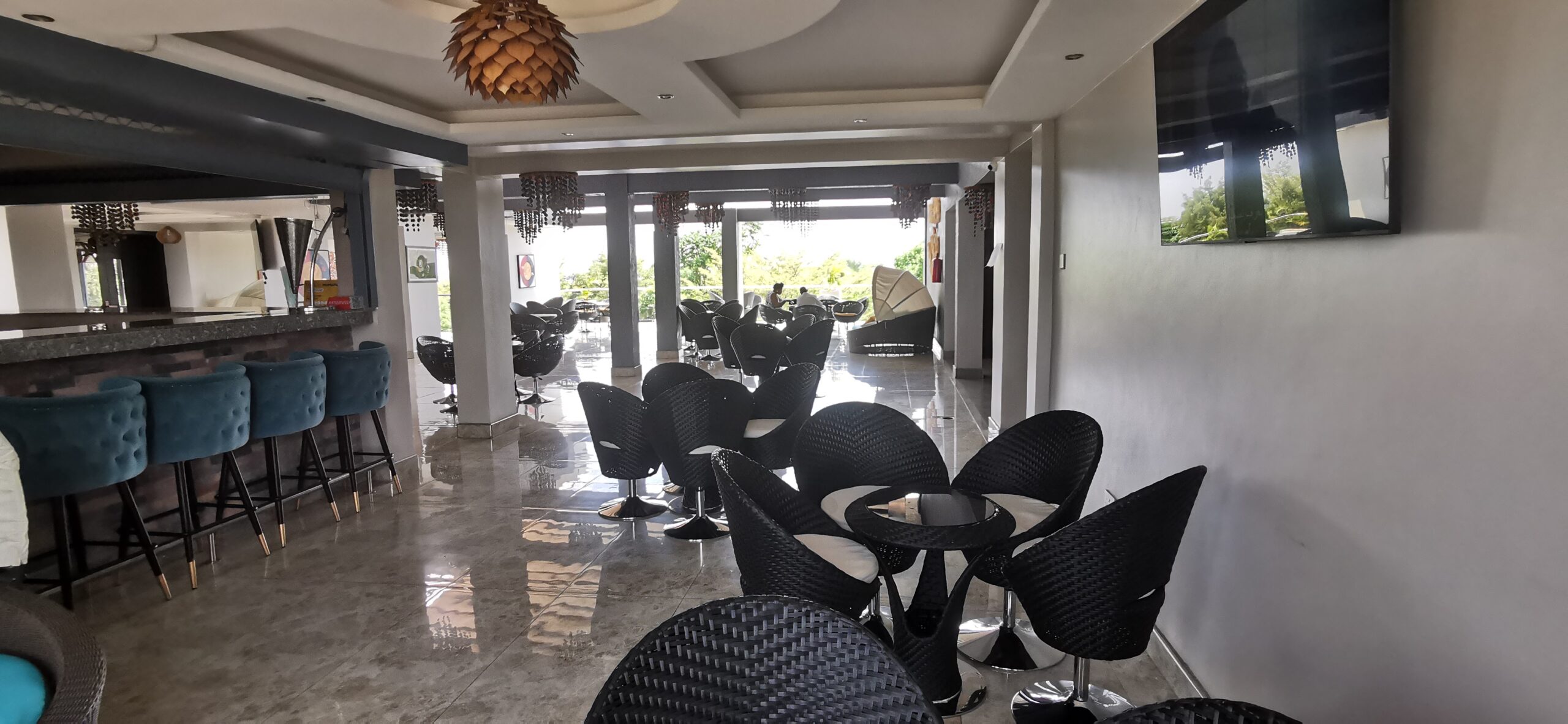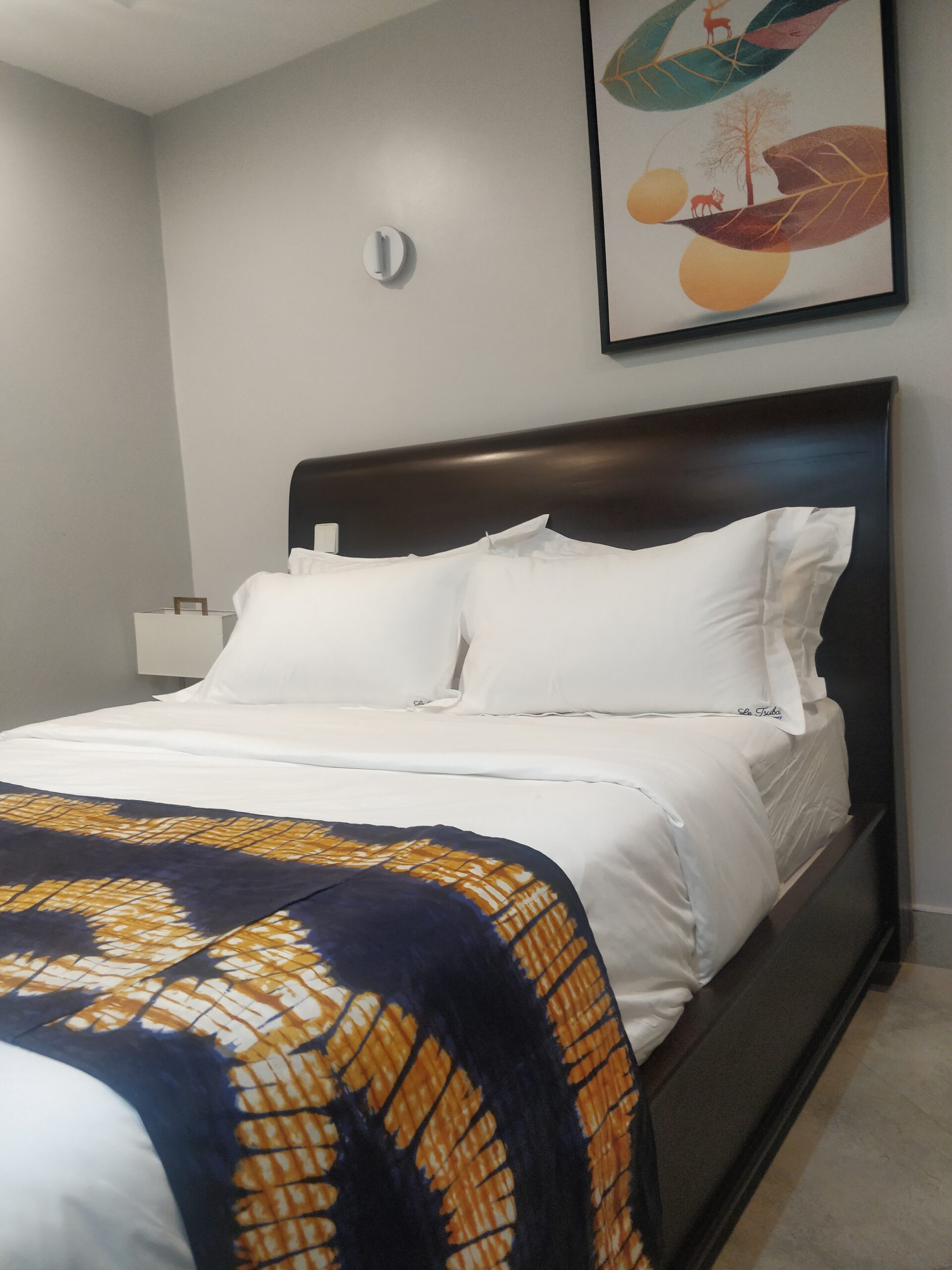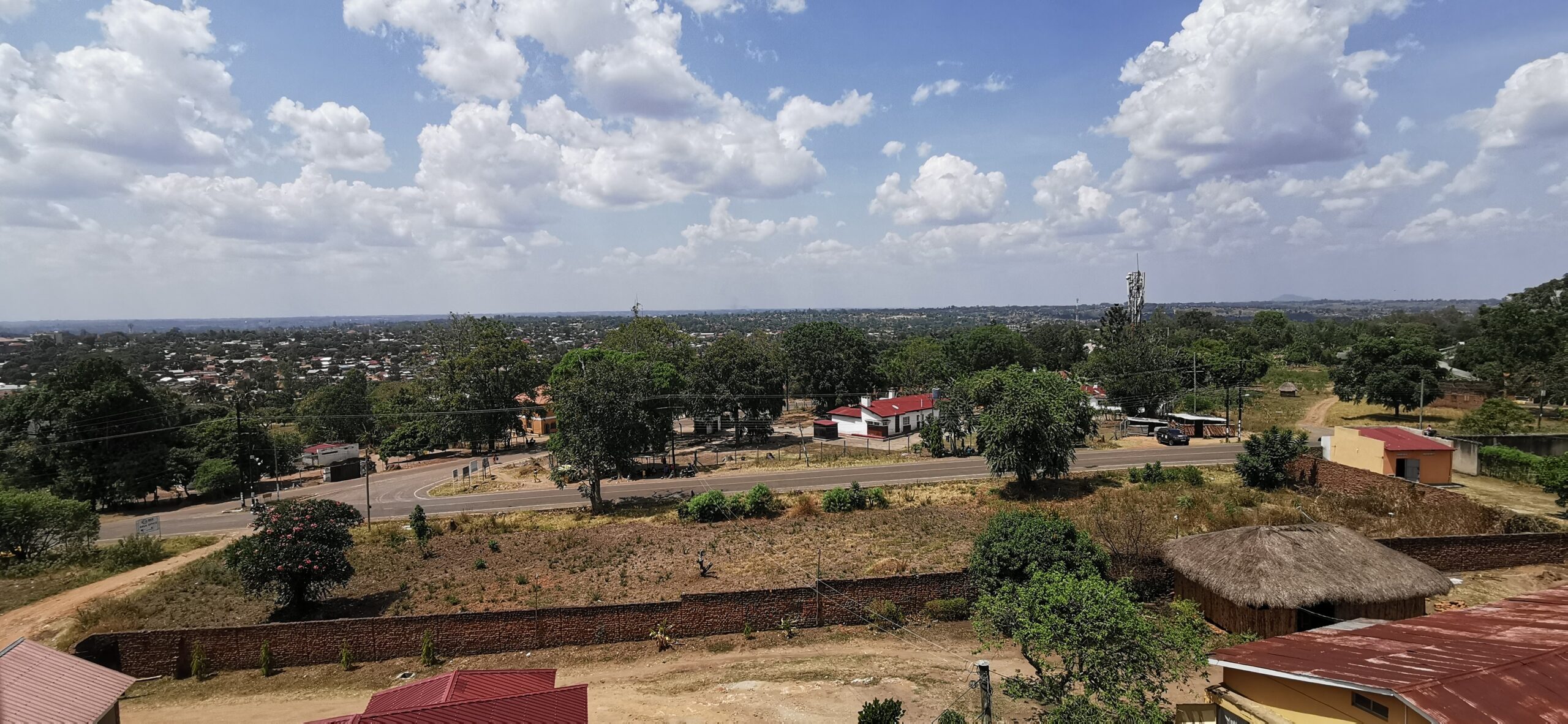Activities
Nearby Attractions and Things to Do Desert Breeze Hotel Arua City, Uganda
Attractions
- Cycling trails arua
- Onduparaka Trading Center Shopping Mall
- Barifa Forest Park
- OLUKO WATER FALLS ARUA
WEST NILE CULTURAL AND TOURISM “Celebrating Tourism & Culture”
West Nile Historical & Cultural Sites
Tri-partite border point in Koboko
Mt. Wati in Terego, Arua
Miradwa Falls in Maracha
Alikua Monument in Maracha
Dufile Fort ruins in Moyo
Abinika Falls in Yumbe
Amuru Hotsprings in Adjumani
Adolomila crater lake in Koboko
Wadelai engraving in Nebbi
Cultural dances and artifacts of West Nile
The Alur
The Lugbara
The Madi
The Nubians
The Kakwas
Celebrations to mark 100 years of Arua Catholic Parish
Institutions Near by Desert Breeze Hotel Arua City, Uganda
- All Saints University
- UCU Arua Campus
- Bugema University
- Kasubi Royal Tombs
- Pope Paul Memorial
- Independence Monument
HISTORICAL BACKGROUND OF WEST NILE SUB-REGION
West Nile sub- region (previously known as West Nile province and West Nile district) is a region in North Western Uganda. The sub-region received its name from being located on the Western side of the White
Nile.
Administratively, the sub –region is divided into eight local government districts for effective implementation of government programs, service delivery and easy supervision. These districts are Adjumani, Arua, Koboko, Maracha-Terego, Moyo, Nebbi , Yumbe and Zombo..
West Nile sub-region is bordered with Sudan to the North and the Democratic Republic of Congo (DRC) to the west.
The history of West Nile is traced back as far as the Berlin Conference of 1884-85 which recognized king Leopold 11 of Belgium as the sovereign Head of State for the International association of the Congo.
On July 1, 1885, the entity was named the Congo Free State, and in 1908 the state was accorded colonial status as the Belgian Congo.
Among other provisions of the agreement between the Belgian Congo and the British included:
In 1912-13, an Anglo-Belgian commission re-delimited the Belgian Congo-Uganda boundary from Lake Albert north westward to the Congo-Nile drainage divides. Also in 1913, a Sudanese- Ugandan commission delimited a common boundary on the ground between the Bahr al Jabal and the Belgian Congo tripoint. On January 1, 1914, sizeable transfers of territory were made South and North of the Sudanese- Ugandan commission line of 1913:
(1) West of the Nile, the Anglo-Egyptian Sudan transferred to Uganda the southern part of the former Lado enclave which became the West Nile district and (2) East of the Nile, the protectorate of Uganda transferred to the Anglo Egyptian Sudan the territory from the parallel of 5°Eastward to the boundary of Ethiopia. Lado enclave, region in central Africa, bordering on Lake Albert and situated on the west bank of the upper Nile, that was administered by the Congo Free State in 1894-1909 and was incorporated thereafter into the Anglo Egyptian Sudan.
Europeans first visited the Northern part of the region in 1841-42 when an expedition was dispatched there by Muhammed Ali Pasha, the Ottoman of Egypt. The neighboring posts of Gondokoro, on the East bank, and the Lado soon became stations for ivory and slave traders from Khartoum. After the discovery of Lake Albert in 1864 by the British explorer Sir Samuel Baker, the whole region was overrun by slave raiders of diverse nationalities.
Although lado was claimed as part of the Egyptian Sudan, it was not until Baker arrived at Gondokoro in 1870 as Governer of the Equatorial provinces that any attempt to control the slave trade was made. Baker’s successor, Gen C.G.Gordon established a separate administration for the Bahr al Ghazal (now in the present day country of South Sudan).
In 1877, Emin Pasha ( a German administrator) became Governor of the Equatorial Provinces and made his headquarters at Lado, whence he was driven in 1885 by Mahdists from the Sudan. He then moved southwards to Wadelai, but in 1889 he was forced to withdraw to the east coast. The British claimed the Upper Nile region in February 1894, and that May, they leased to Leopold 11 of Belgium, as sovereign of the Congo Free State, a large area west of the Upper Nile, which included the Bahr al- Ghazal and Fashoda. Pressed by France, however, Leopold agreed to occupy only that part of the area east of 30°E and south of 05°30’ North and thus the actual limits of what was later called the LADO ENCLAVE.
SOURCE: ASCHERSON, N, THE KING INCORPORATED: LEOPOLD 11 IN THE AGE OF TRUSTS, GRANTA BOOKS, 2001
By an order of the Secretary of State under the Uganda Order in Council, 1902, the Anglo-Egyptian Sudan-Uganda boundary delimited by the commission in 1913 was promulgated officially on April 21, 1914.
An Anglo-Belgian agreement of February 3, 1915, afforded official recognition to the boundary as presently constituted between Uganda and Zaire northward from Sabino to the Congo-Nile drainage divide northwest of Lake Albert. In accordance with this agreement, the south eastern part of the Mahagi strip was transferred to Belgian Congo which afforded the town of Mahagi access to Lake Albert through Congolese territory and in effect annulled the lease to the strip.
The Belgian Congo became independent on June 30, 1960, as the Republic of the Congo. The name of the state was officially changed to the Democratic Republic of Congo on August 1, 1964 and to the Republic of Zaire on October 27, 1971.
SOURCE: INTERNATIONAL BOUNDARY STUDY PAPER NO.106-SEPT 5, 1978(COUNTRY CODES: SU-CG) SUDAN-DEMOCRATIC REPUBLIC OF CONGO (ZAIRE) BOUNDARY OFFICE OF GEOGRAPHE; US, BUREAU OF INTELLIGENCE AND RESEARCH.
Therefore, all the above information availed above stands as evidence of all the original co-ordinates of the region, its owners and also the transfer of power and ownership from one imperial master to another:
being the Belgians and the British in this case.
April 21, 1914 is the day that saw the boundaries of this region being defined and its people becoming Ugandans. On April 21, 2014, West Nile sub-region will celebrate 100 years since this transfer took place.
Through the WEST NILE TOURISM & CULTURAL INITIATIVE, we want West Nile to remember, recognize and celebrate the day that saw this region and its people become citizens of our country Uganda and
appreciate its unique beauty, culture and historical worth.
BACKGROUND TO THE WEST NILE TOURISM & CULTURAL INITIATIVE:
Travel and Tourism is one of the fastest growing sectors in Uganda. It has grown over the years to become a major source of revenue and also has the potential to even become the economy’s backbone within the next few years. Despite its potential, the industry has not been performing well.
Domestic tourism has remained trivial in Uganda when compared to its regional counterparts like Kenya and Rwanda. This is largely due to the fact that very little marketing has been done within the county itself.
The people of Uganda and West Nile in particular need to embrace tourism and understand the benefits of preserving the culture, beauty and unique attributes of this region therefore becoming custodians,
caretakers and guides. This appreciation of the tourism industry will in turn generate job opportunities for them In Uganda, over the years, travel and tourism has basically been focused on wildlife, especially on the promotion of gorillas. However, as the choice of travel increases, tourists are increasingly looking beyond gorilla tourism for other experiences. The rapidly changing nature of tourism trends and behavior has made it necessary to look for ways to diversify and develop new products through advocating alternative forms of travel e.g. Cultural and Heritage tourism for visitors(both locally & internationally) keen to learn more about the kingdoms, chiefdoms and their ancient customs and ways of life.
The West Nile region of Uganda often overlooked by travelers and certainly not on the map for mainstream tourism yet, has over 40 known existing monuments and cultural sites. Although in dire need of rehabilitation, the history behind these establishments is priceless and should be preserved for the future generations and hence promote sustainable tourism.
Wadelai- Emin Pashas’ Fort, Nebbi - Heritage-Historical
Located 47 Kilometres from Pakwach Town, along the River Nile bank. Wadelai-Emin Pashas’ fort is a ruin of a military camp established by Sir. Edward Schnitzer (Emin Pasha) aimed to stop Slave Trade and mutiny of 1885 Mahdist revolt in Equatorial province. The main historic remains are the earthen ditches, observation mounds, ruins of Egyptian type red burnt bricks and steamer docking site. In the pre-colonial era, Northern Uganda and Southern Sudan areas suffered slave trade activities from the Arab traders. To encounter this inhuman suffering, many military forts among others were established by explorers such as Charles Gordon, Sir Samuel Baker and Emin Pasha. The various forts in northern Uganda were Patiko 1872, Dufile 1880, Wadelai 1885 and Magungo established by Dr Eduard Schnitzer ( Emin Pasha).
Wangalei- Puvugu site, Nebbi, Heritage Traditional
Located at Pakwach bridge is the point where Nyipiri and Labong separated in 1450 AD. Ovugu was the elderly brother of the two. Labongo’s son swallowed the bead of Nyipiri. However, Nyipiri asked to open the stomach of the Labong’s son in order to get the bead. Labong’s spear got lost from Nyipiri which he had borrowed to kill an elephant. In revenge, Labong demanded for the replacement of the spear and also killed Labongo’s son. At this point Labong moved across River Nile to Parapong in Acholi land while Nyipiri remained as the ancestral father of the Alur and Jonam.
Alur Kingdom Palace Nebbi District, Tourist attraction
Just 2 km from Nebbi town towards Paidha town. The Kingdom Palace of the Alur where King Rwot Olarker Phillip Rawune was coronated on 30th October 2010 for Alur Kingdom.
Amuru Hot springs, Nebbi District, Heritage-Natural
Located at the confluence of Lake Albert and Albert Nile at Panyimuru landing site are the hot water springs that have significant healing powers. 20kilometers from Pakwach town.
Ancestoral Home of Idi Amin Dada Koboko District, Heritage-Historical
The ancestral village where Idi Amin Dada, was born within Congo Uganda border in Koboko. The village home reflects the journey of Idi Amin and his ancestors.
Sultans Burial place and grave of Amin Dada, Koboko District
Grave yard of the former chiefs of Kakwa called Sultans and the father of Idi Amin Dada also buried at the cemetery of the Sultans
Mount Liru as the ancestoral home of the Kakwa people Koboko District
This is the ancestral hill where the predecessors of Kakwa people lived.
Adomila crater lake Heritage-Natural site Koboko District
Crater lake located in Ludara, Koboko district measuring about 0.5Km by 70 meters permanently at middle of surrounding low rigged hills. The only known crater lake in northern Uganda
Saliamusala (Tripartiate point) Koboko District, Heritage-Historical
Political landscape showing the border point of Uganda, Congo and South Sudan created in 1914 after Belgium rule of Congo and then West Nile region being transferred to British Colonial rule. It signifies a historical land mark of three sovereign states meeting at a point.
Olewa water falls Arua District, Heritage-Natural
A water falling 10 meters from River Enyau descending towards River Nile at the foot hill of Mount Wati.
Mount Wati Arua District, Heritage-Natural
The ancestral home of the Lugbara ancestors belonging to Terego people called Ofuna.
Ediofe Cathedral Arua District, Heritage-Faith
The catholic missionary centre in Arua established in 1917. The building is being renovated and served as the centre for Arua diocese moved from Gulu in 1959.
Rhino camp ginnery Arua District, Old Industrial Heritage
Rhino camp was also used for tracking rhinos along the banks of River Nile close to the old steamer docking. Railway lines of 1950 relics are still visible.
Emmanuel Cathedral Nvara Arua District, Heritage-Faith
The Anglican cathedral built in 1936 by British Congregation of Christ Church West Bourne Mouth, in memory of Trevor Hope Lingley B.A, now the centre for the Madi and West Nile diocese.
Ombaci memorial monument Arua District
The four mass graves built in memory of those killed during the 24th June 1981 massacre in Ombaci school
Vurra Monument Arua District
The Customs border point of Uganda and Congo established in 1937. It also commemorates the assassination of Prime Minsiter Patrick Lumumba who was killed in 1961. In the aftermath, a war ensued in 1964-1965 with soldiers of “Simba” who entered into Uganda They were killed and buried at Vurra. A monument was built in commemoration of the 1966 Simba crisis.
Alikua forts and Monument Maracha District, Heritage-Historical
The Alikua monument commonly called Pyramid was an administrative post of Belgium colonial government and the military fort during the Belgium-Congo colony under the rule of King Leopold 11 from the period 1894-1911.
Miradwa water falls Maracha District, Heritage-Touristic.
A unique steps waterfalls located in Maracha, Kijomoro, of about 10 metres with short grooved slabs of hard rock surfaces in which the Miradwa river falls. The water fall scenery provides avenue for picnic activities.
Agbinika water fall Yumbe District,Heritage-Touristic
A water fall on River Koch granitic rock bed of about 30 meters with natural trees and forest reserve suitable for picnic activities. It is located in Romogi ,Yumbe.
Late Iron mining and smelting site Yumbe District, Archaeological site
Found in Romogi close are pit shafts of iron ore mining. The archaeological surface material includes the huge concentration of iron slag, smelting pipes and broken pottery shreds spread in a wide area of kilometers. The known iron smelter was Mzee Yiga who started extracting the iron ore in 1911.
Bidi-bidi Peace camp Yumbe District, Memorial site
The historical site of the former Ikafe camp which hosted the South Sudanese refugees struggling for the new nation of South Sudan. The camp was later occupied by UNRF II , who signed a peace agreement with Government of Uganda on 24th December 2002 at Yumber Boma grounds.
Amuru Hot spring Adjumani District, Heritage-Natural
Shallow hot water spring that started in 1947 with a circumference of about 1 meter now expanding in a space of hot spring water about 10 meters by 6 meters. It is believed the waters cure skin problems
Idriani Missionary site Adjumani District, Heritage Heritage-Faith
Located in Pakele, is the first point where the first catholic Missionaries arrived in West Nile on November 1911 and baptized the first 22 catechumens and a church was built at this site. In 2012, the West Nile congregation in Idriani celebrated the centenary with a pilgrimage
Moyo Peoples Hall Moyo District, Colonial buildings
The old colonial building which served as administrative centre for East and West Moyo under the West Nile district. It was also a civic centre
Kotilo scared forest Moyo District,Heritage-Natural
Sacred forest reserve where the Madi chiefs were buried Opi Wayi, Bandasi Dumunu and Lodo Feliciano. The symbols of stone marks and natural forest trees symbolize the life of royal chiefs living on the growing trees. Reconciliation and justice meeting are administered by the kings at this site.
Dufile Fort Moyo District,Heritage-Historical
Dufile was a Military fort established by the Sir Charles Gordon the governor of Equatorial Province in 1874 and later occupied by Emin Pasha in 1879 until 1889 . Dufile was the largest of some 20 major Egyptian stations in northern Uganda and the southern Sudan. Many of the forts were occupied for relatively short periods but it was believed that Dufile was in existence during much of the Emin Pasha period. The purpose of the Fort was to stop slave trade activities in Northern Uganda and southern Sudan which was significantly being carried out by the Arab traders.
CULTURAL DANCES AND ARTIFACTS OF WEST NILE
The ALUR inhabit the West Nile part of Uganda and occupy the districts of Nebbi and Zombo. However, unlike their neighbors who are Sudanic, the Alur are Luo and belong to the same language group as the Acholi. The Alur are known for “Otwenge Dance”.Otwenge literally means elbow. The elbows movement is emphasized both while playing the Adungu and while performing the Otwenge dance.The dance is usually performed by young boys and girls.
YOUNG GIRLS PERFORMING TRADITIONAL LUGBARA DANCE
The LUGBARA live in Arua, Maracha, and adjoining districts. Like the alur and madi, this is one of the largest tribes inhabiting West Nile sub-region. Legend has it that the Lugbara are descendants from the first creatures put on earth by spirit(the creator of men).Spirit created a man (Gboro-gboro) and a woman (meme), and then domestic livestock. Meme bore a boy and a girl, who were the ancestors of the Lugbara heroes,Jaki and Dribidu. The Lugbara have a wide variety of traditional songs, riddles, folk tales etc. Gaze is a traditional dance of the Lugbara people which contains elements of movements of the dances in neighboring Congo. The Agwara (meaning trumpet) is another dance from the Lugbara and Kebu people, where men play the trumpets as the women dance
THE ANGLO-EGYPTIAN RULE AND THE MAHDIST REBELLION.
In 1820, Mohammed Ali, the Khedive of Egypt started to conquer Sudan. In 1822, Kordofan was annexed and in 1823 Khartoum was established. Therefore, Sudan was basically the Equatorial province came under the Anglo-Egyptian rule. They established army garrisons all over Sudan. The troops were composed in part of Egyptians and men of mixed Arab race but mainly of Negroes and Negroids. In 1862, Samuel baker arrived at Gondokoro and in 1869, he was commissioned by Ismail, the khedive of Egypt, to take a military expedition up the River Nile to suppress slave trade and conquer the country south of Khartoum. In that regard, it has been argued that the first Nubi came to modern Uganda with Samuel baker in 1869 in his military expedition which he completed in 1873. In 1874, Samuel Baker was succeeded by Gen. Charles Gordon who became governor of the Equatorial province establishing his headquarters at Lado. In addition, he established outposts as far as Lake Albert. Gordon was succeeded by Emin Pasha. However, in 1885, the Mahadi rebelled against the Anglo-Egyptian rule. The revolt was led by Gen.Karam.In the process, Emin pasha and his troops were cut off from Egypt leaving him with no alternative but to withdraw further south with his troops so that they could contact Egypt
via Zanzibar on the East African coast. They pitched camp at Wadelai with several hundred Egyptian and Sudanese troops and their dependants. They settled in West Nile and the Negroes basically lost all connection with the tribes from which they originally sprang. They adopted the Islamic religion and culture and spoke corrupted Arabic which came to be known as the Nubi language. Fardhl Al Mullah {Fodimulla} a 6’ 4” Terego Man had also camped at Bora following an intense attack on his 1,000 strong troops by his very own tribes mate of Terego who considered EMIN Pasha’s troops as Muslims & foreigners at that He too, like Salim Bey, had refused to accompany Stanley & EMIN Pasha’s evacuated contingent who had left for Mombasa following an intense and tragic attack by the Mahdist Army of Karmullah. The above remnants were the Genesis of what would be amalgamated into the Kings African Rifles (KAR), then the Uganda Rifles (UR) and finally into the Uganda Army (UA) & Uganda Police (UP) by 9th October 1962 (the day Uganda attained “Independence” from the British). The combined force of approximately 2,500 Rifles with their family were brought down near the lake side Port Bell Encampment which was later named Port Bell but resided in the Garrison which was eventually converted into the present day (Murchison Bay) Maximum Prison (Luzira). The place was initially heavily under forest cover and the Nubian troops remarked in Colloquial Arabic “Umon Jibu ina fil Ghaba” (“they have brought us into a forest!?”). The Name GABA ensued from this remark….. They were then transferred near the seat of Political Power at a swampy locale called Kitubulu in Entebbe, the initial Colonial Capital.
The Nubian Troops were finally transferred to the Newly Installed Army Headquarters Barracks in Bombo, Luwero District.
The KAKWA people occupy the region bordering Northwestern Uganda,(Koboko) Southern Sudan, and Northeastern Congo.The average population density (which is population divided by area of land) in much of the Kakwa land is 10 to 20 persons per square kilometre of land area, but densities may vary from place to place and from time to time. Currently, for instance, the areas of heavy concentration of population are Y ei Town, Nyarilo, Keri, Ora’ba, Ingbokolo, Morobu, Aru, Aba. The entire Kakwa people can be estimated to be just fewer than 500,000 people.




